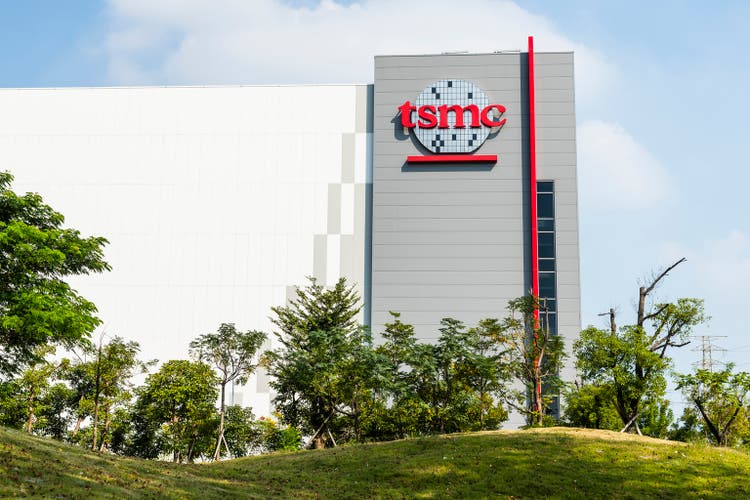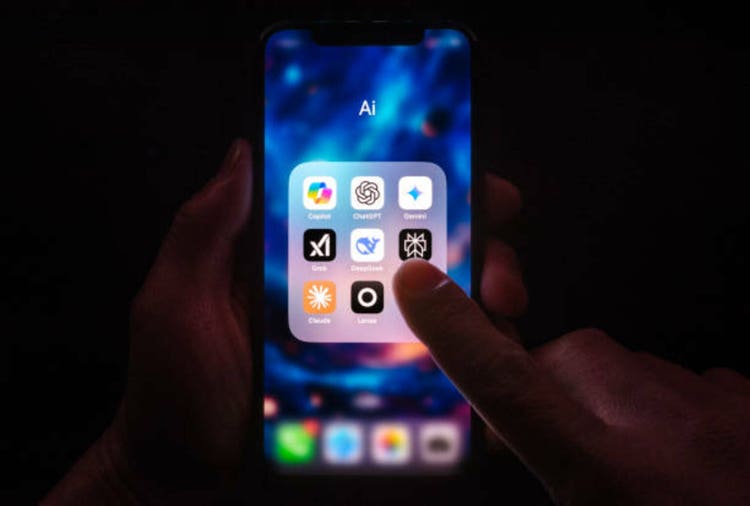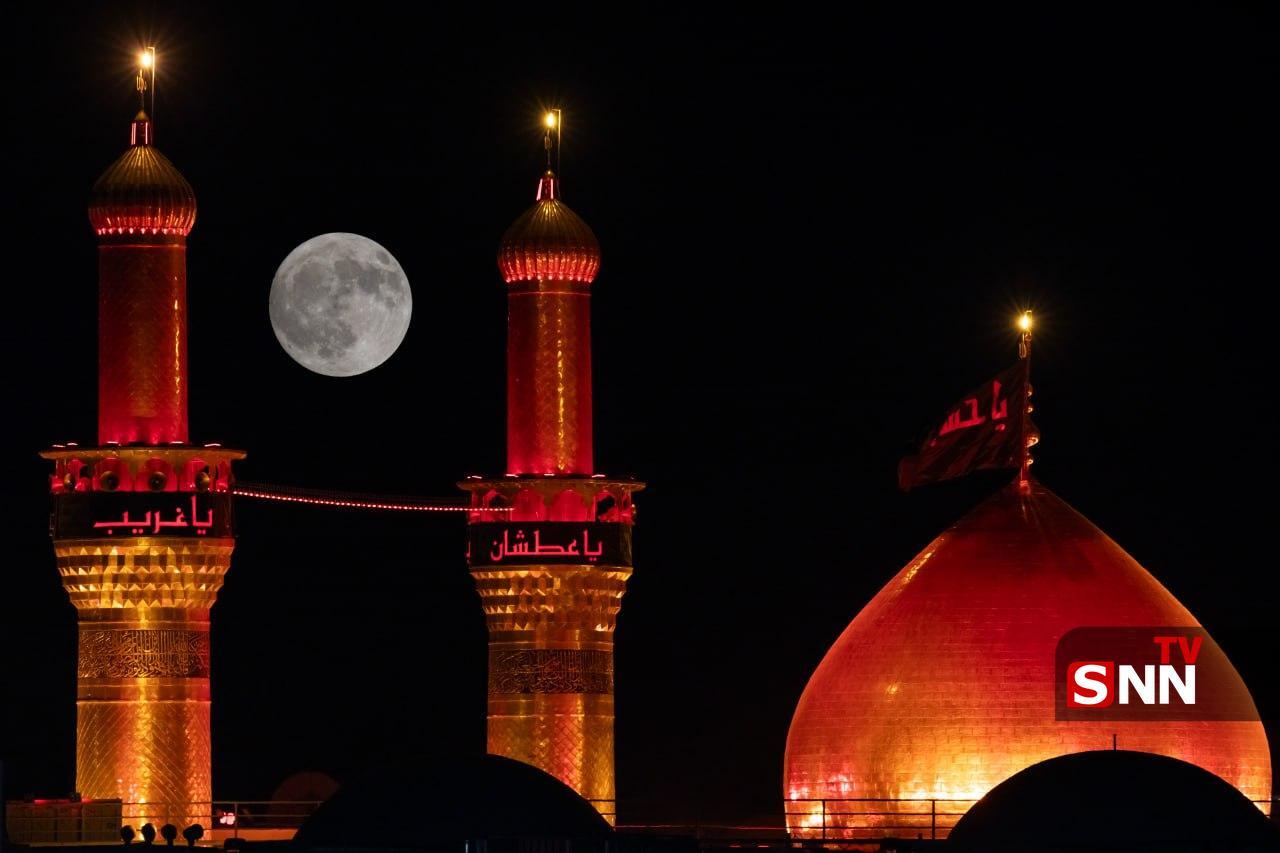Indian Railways is set to introduce India’s first hydrogen-powered train, a major step towards eco-friendly and sustainable transportation. Railway Minister Ashwini Vaishnaw shared a video on Tuesday on social media platform X (formerly Twitter), giving a first glimpse of this innovative train.
With this launch, India will become the fifth country globally—after Germany, France, Sweden, and China—to deploy hydrogen-powered trains. The inaugural service will operate between Jind and Sonipat in Haryana.
According to Indian Railways, the new train will be the world’s most powerful and longest hydrogen-powered train, capable of carrying up to 2,600 passengers. The first hydrogen-powered train coach recently completed testing at the Integral Coach Factory (ICF) in Chennai.
In July, Minister Vaishnaw described the trial as a significant milestone in India’s journey to becoming a “future-ready and sustainable” nation. He highlighted that the train, with 1,200 horsepower, will position India as a leader in hydrogen train technology.
Under the ‘Hydrogen for Heritage’ initiative, Indian Railways plans to deploy 35 hydrogen trains, each costing approximately Rs 80 crore. The infrastructure development for heritage and hill routes is estimated at Rs 70 crore per route.
The pilot project involves modifying a diesel electric multiple unit (DEMU) rake with hydrogen fuel cells. The supporting infrastructure includes an integrated facility for hydrogen production, storage, and refuelling.
Hydrogen for the Haryana route will be supplied by a 1-megawatt Polymer Electrolyte Membrane (PEM) electrolyser located in Jind, producing about 430 kg of hydrogen daily. The refuelling station will feature 3,000 kg hydrogen storage, compressors, and two dispensers with pre-cooler integration for fast refuelling.
This launch marks a landmark moment for Indian Railways and highlights India’s commitment to clean energy and innovative transportation technologies.

 18 hours ago
1
18 hours ago
1

















 English (US) ·
English (US) ·